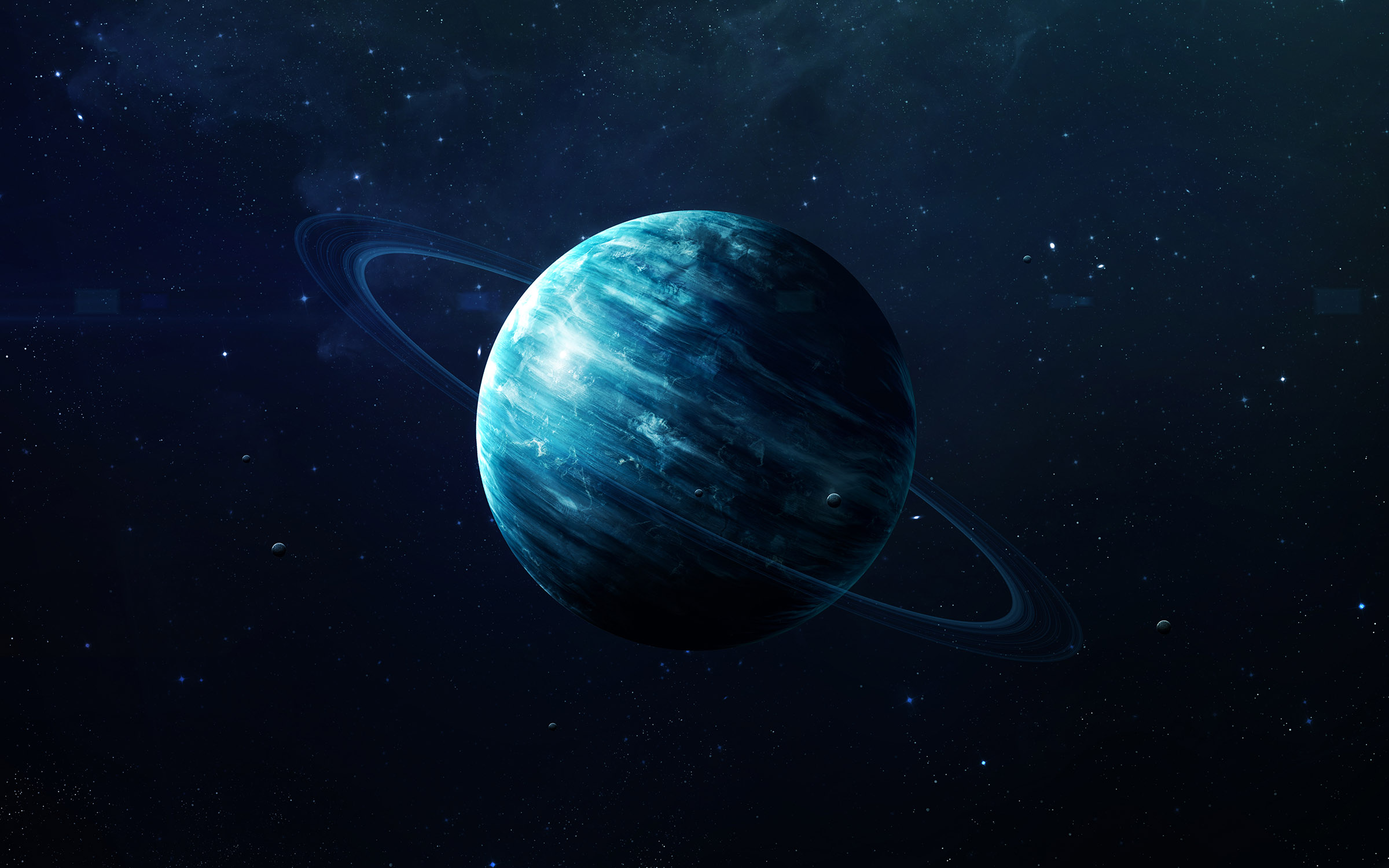Uranus and Neptune may soon lose their reputation as the “boring” planets of the solar system. Long overshadowed by the grandeur of Jupiter and Saturn, scientists now believe that beneath their thick, bluish atmospheres, Uranus and Neptune may hold vast hidden oceans.
This new theory follows recent computer simulations, which suggest that Uranus and Neptune host distinct layers within their interiors, much like oil and water. Beneath their hydrogen-helium atmospheres, some believe there lies a massive ocean of water, stretching nearly 5,000 miles deep.
Researchers theorize that below this hidden ocean, another layer, this one made of compressed hydrocarbons—a mixture of carbon, nitrogen, and hydrogen—exists. These hidden oceans could help us understand more about strange observations we’ve made of Uranus and Neptune in the past.
The researchers believe this layered structure is a result of the extreme temperatures and pressures inside these planets. Those extremes help prevent the mixing of elements, a stark contrast to Earth’s interior. This separation of materials could explain a long-standing mystery: Uranus and Neptune’s irregular magnetic fields.
Back in the 1980s, when NASA’s Voyager 2 spacecraft observed these two planets, it was discovered that their magnetic fields were wildly unorganized compared to Earth’s stable dipole field. The existence of these hidden oceans on Neptune and Uranus, as well as a lack of mixing within their interiors, a key feature in generating planetary magnetic fields, may hold the answer to why.
A proposed NASA mission to Uranus could help confirm these theories. Using a Doppler imager, scientists could detect vibrations unique to the planet’s layered structure. Moreover, a study claims that Uranus’ moon, Miranda, may harbor subsurface oceans, making them potential candidates in the search for alien life.
But time is of the essence. A rare planetary alignment in 2034 would allow a gravity-assisted “slingshot” around Jupiter, reducing travel time to Uranus to just 11 years. Whether or not NASA can pull that off, though, is another story entirely.
